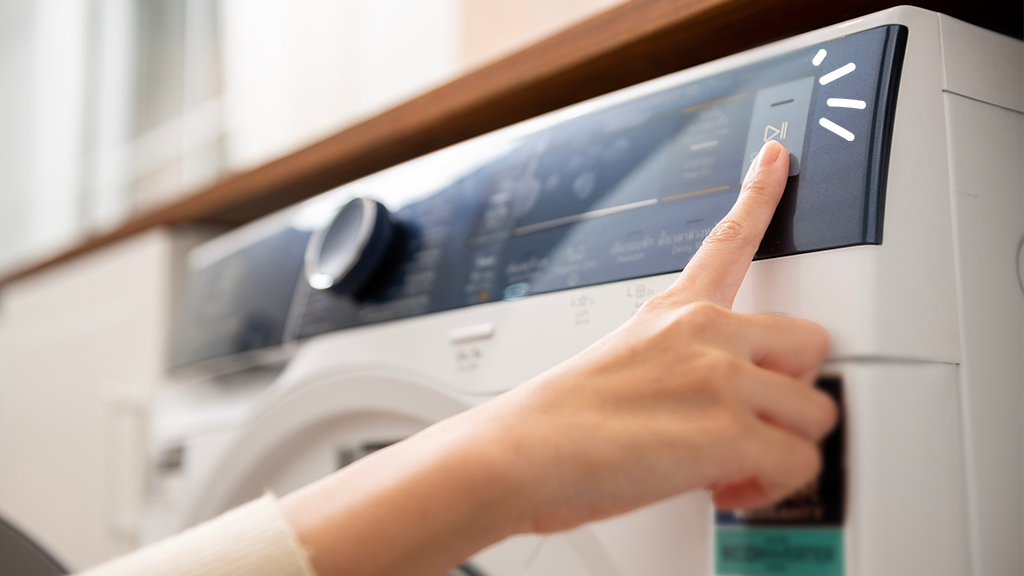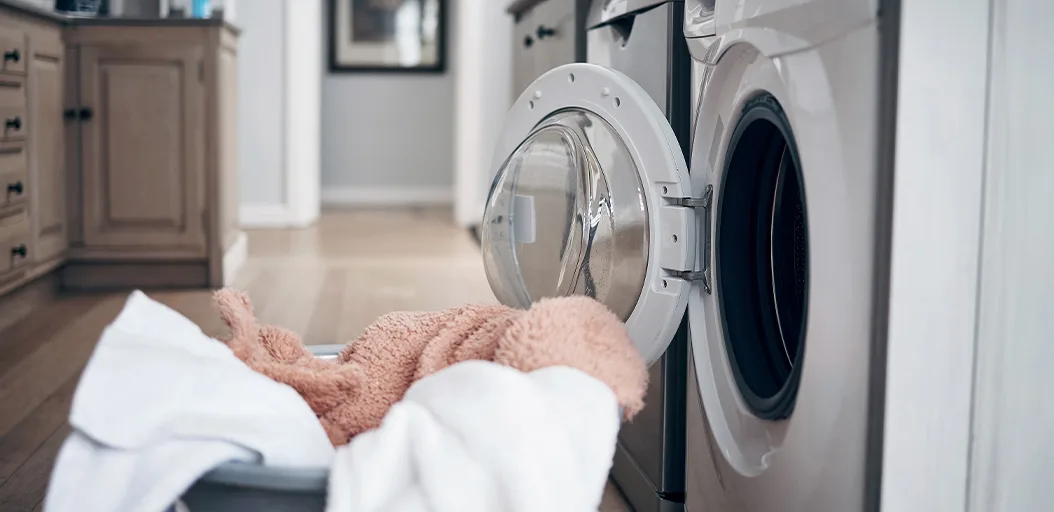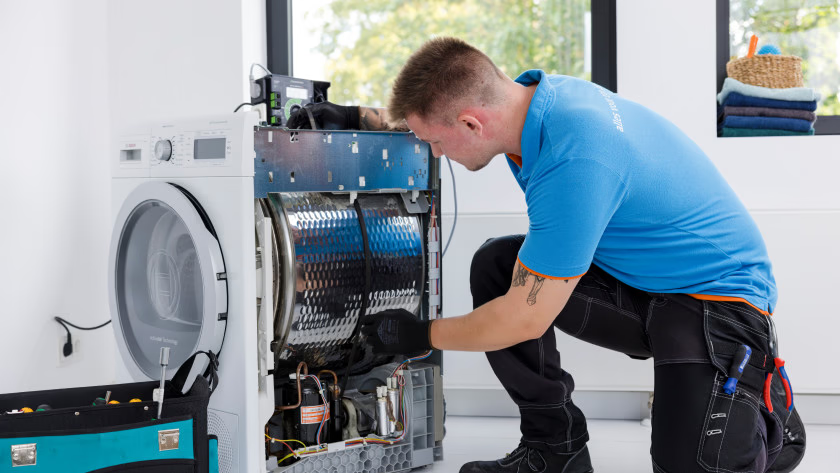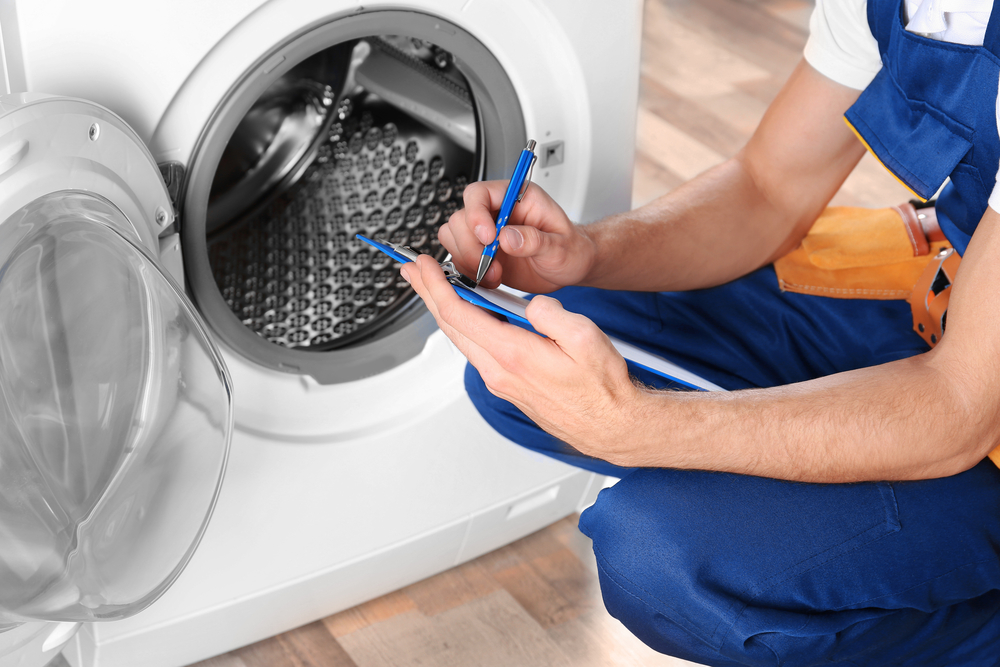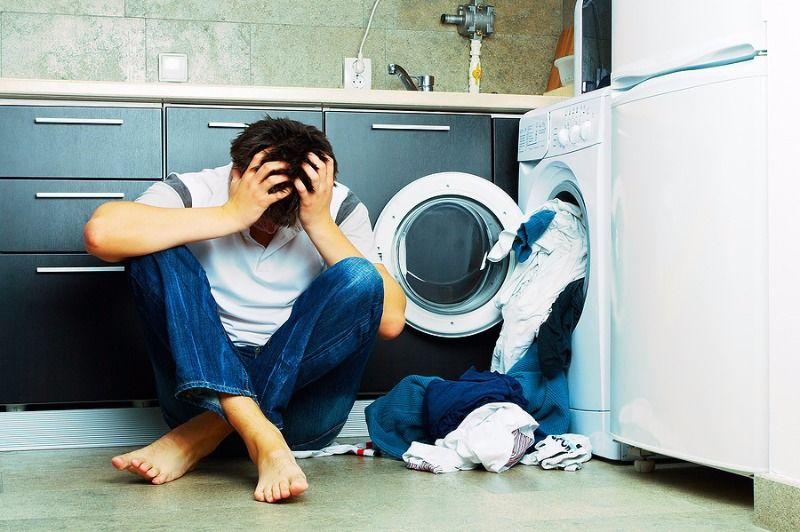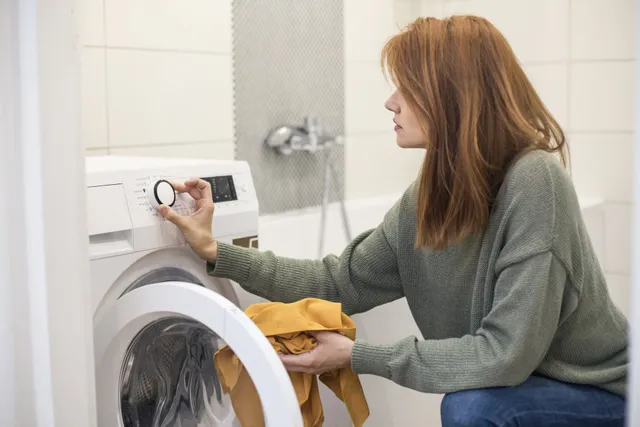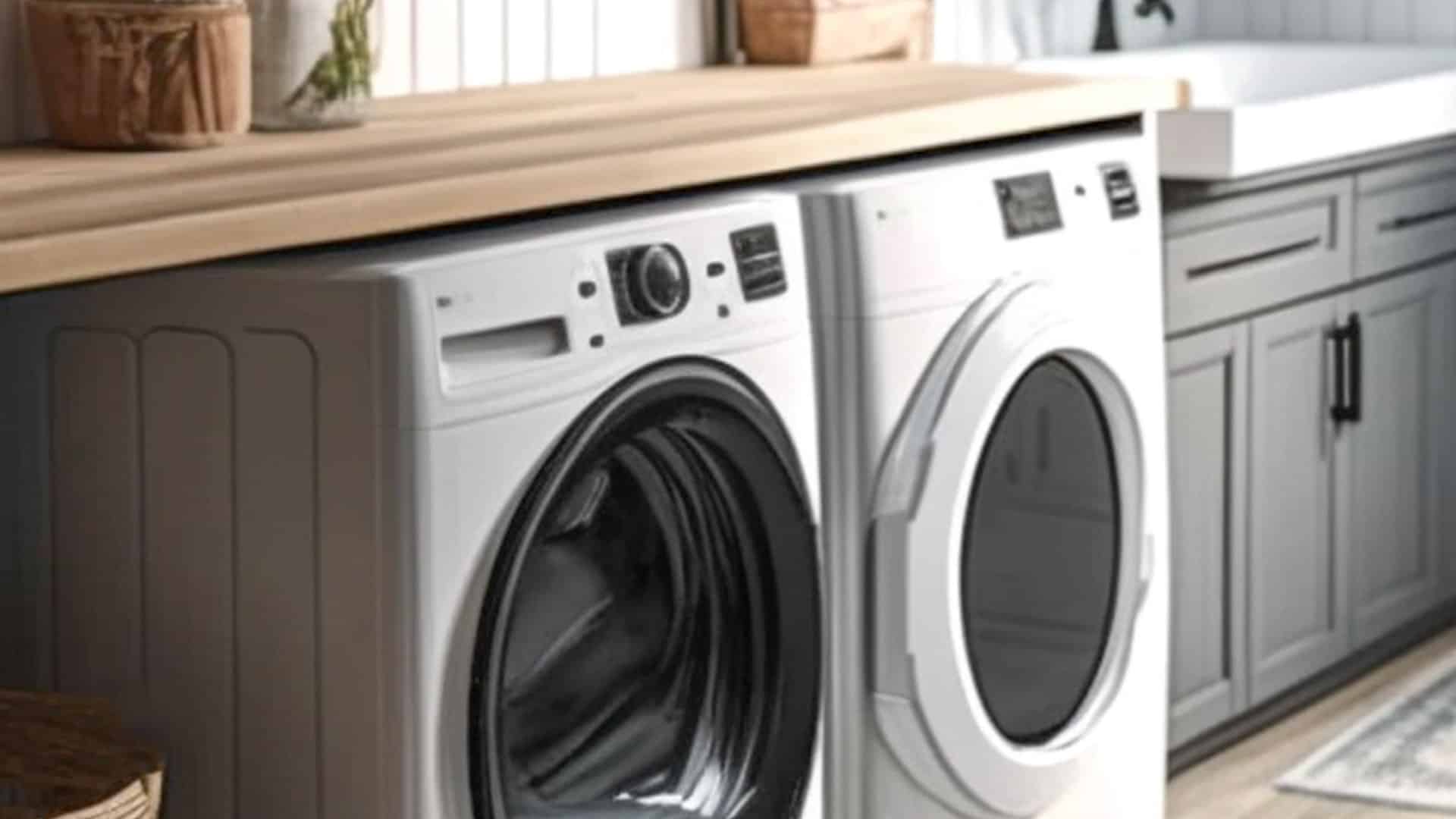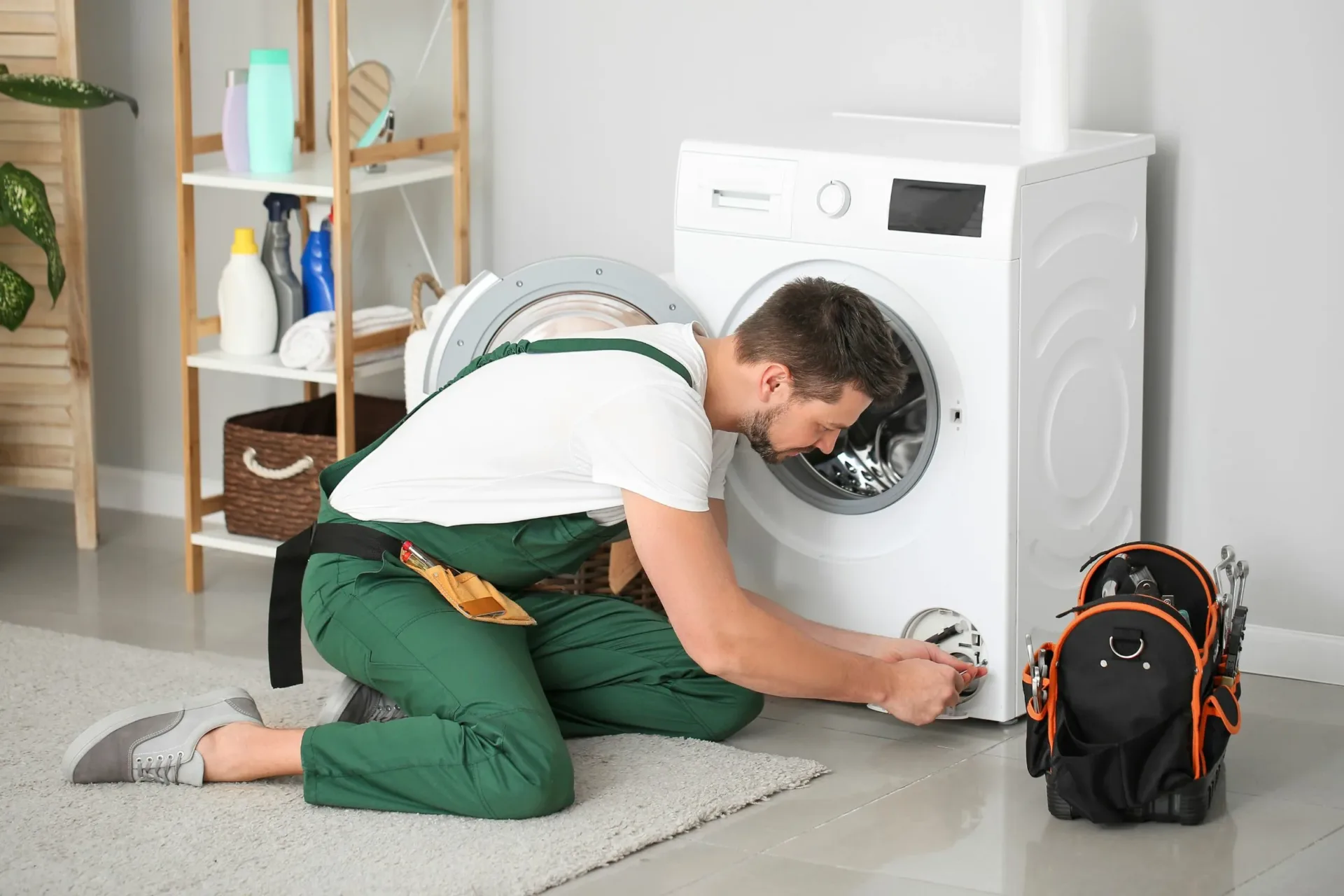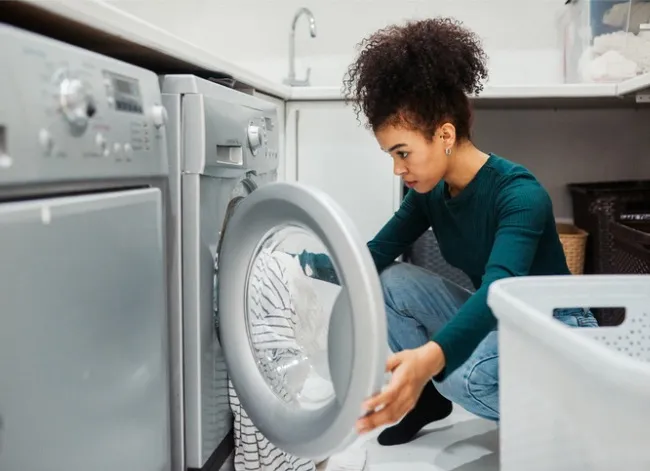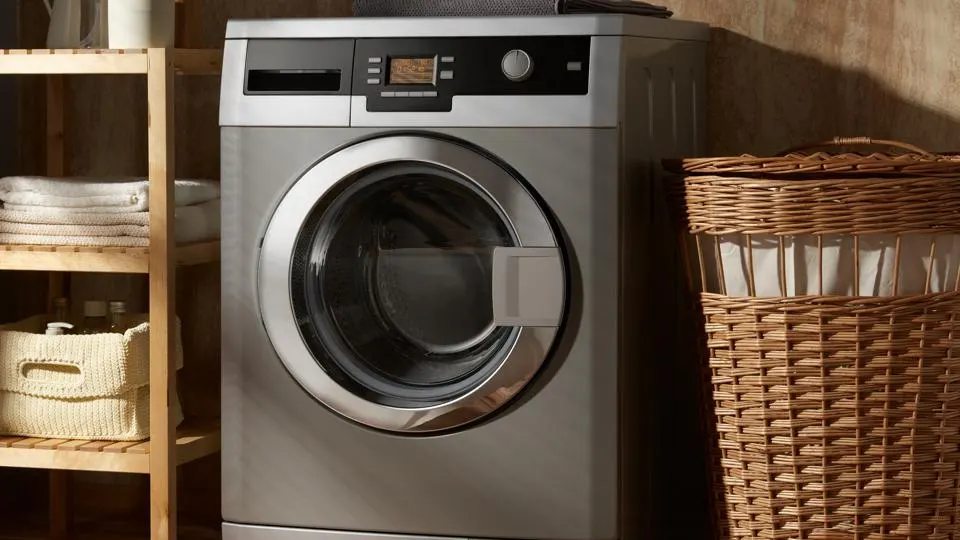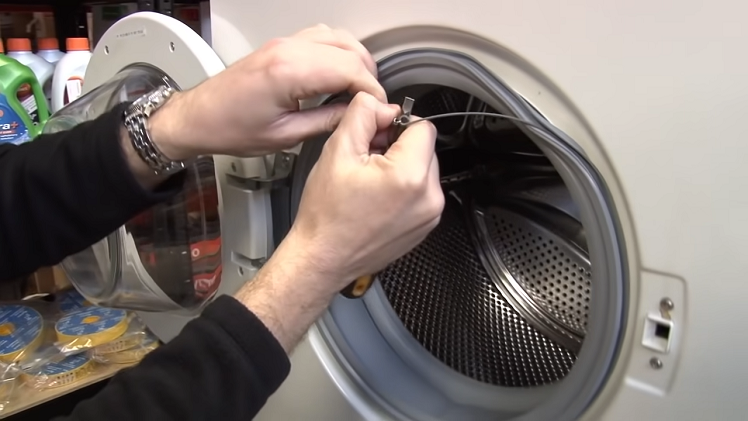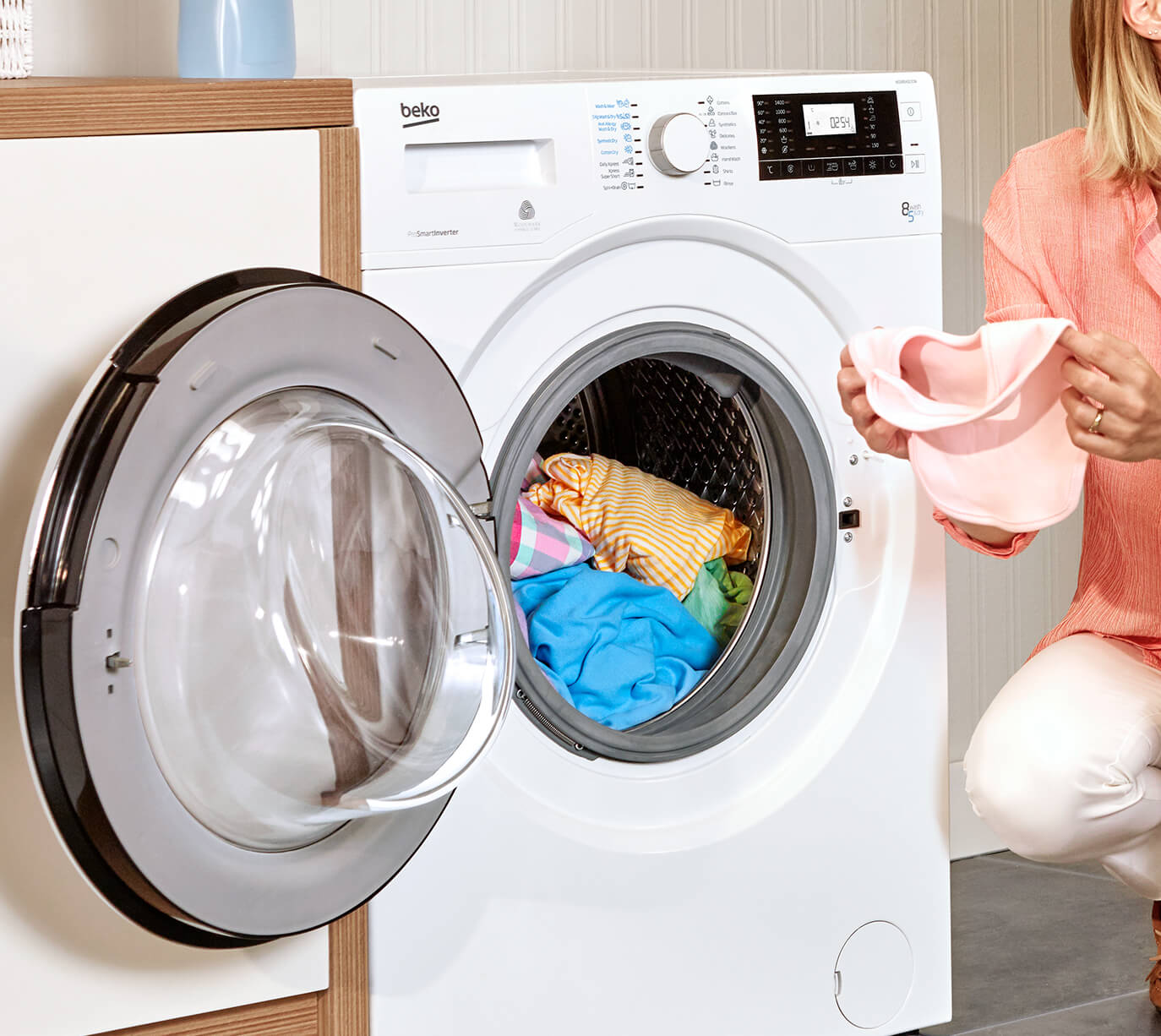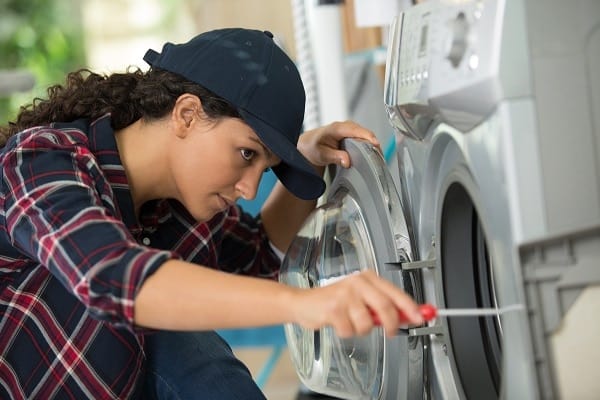Discovering that your washer won’t start can be frustrating and inconvenient, especially when you have a pile of laundry waiting to be cleaned. A failure to start can be caused by various factors, ranging from simple issues like power supply problems to more complex electronic malfunctions. Understanding the potential causes behind a washer that won’t start and taking appropriate action is crucial to restore proper functionality. Here’s what you need to know:
Common Causes of a Washer That Won’t Start:
- Power Supply Issues: A washer may fail to start due to power supply problems, such as a tripped circuit breaker, a blown fuse, or an unplugged power cord. Ensure that the washer is properly connected to a functioning power outlet and check the circuit breaker or fuse box for any issues.
- Faulty Door or Lid Switch: Many washers are equipped with a door or lid switch that prevents the machine from starting if the door or lid is not securely closed. A faulty switch may fail to engage properly, preventing the washer from starting.
- Control Board Malfunction: The control board or electronic control panel of the washer may malfunction due to electrical issues, programming errors, or component failures, preventing the machine from starting.
- Timer or Cycle Selector Issues: If the timer or cycle selector knob of the washer is faulty or malfunctioning, it may prevent the machine from starting or advancing through the selected cycle.
- Door Lock Problems: Front-loading washers may have a door lock mechanism that must engage before the machine can start. If the door lock is faulty or fails to engage properly, it may prevent the washer from starting.

